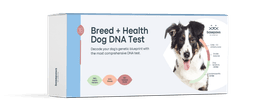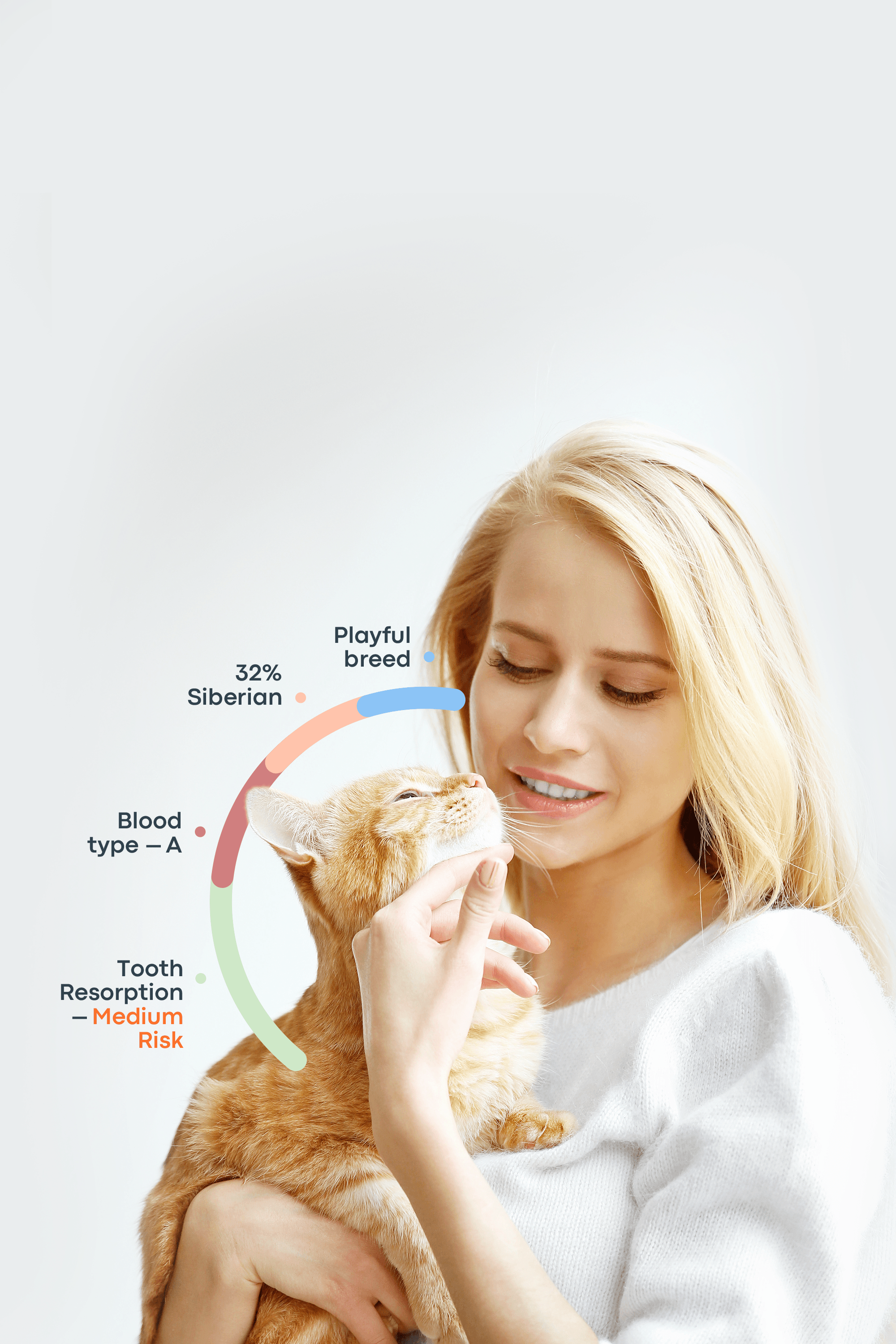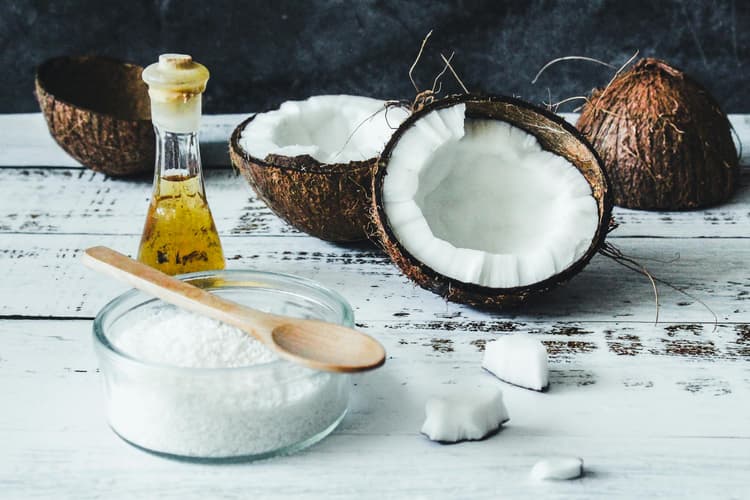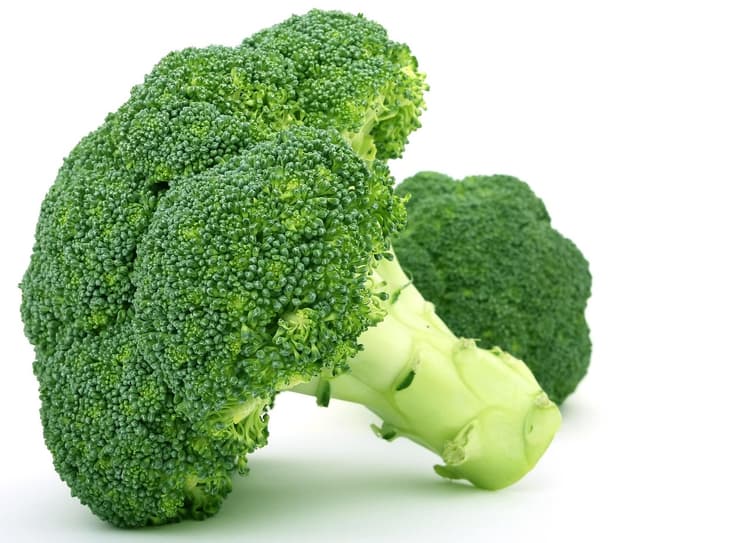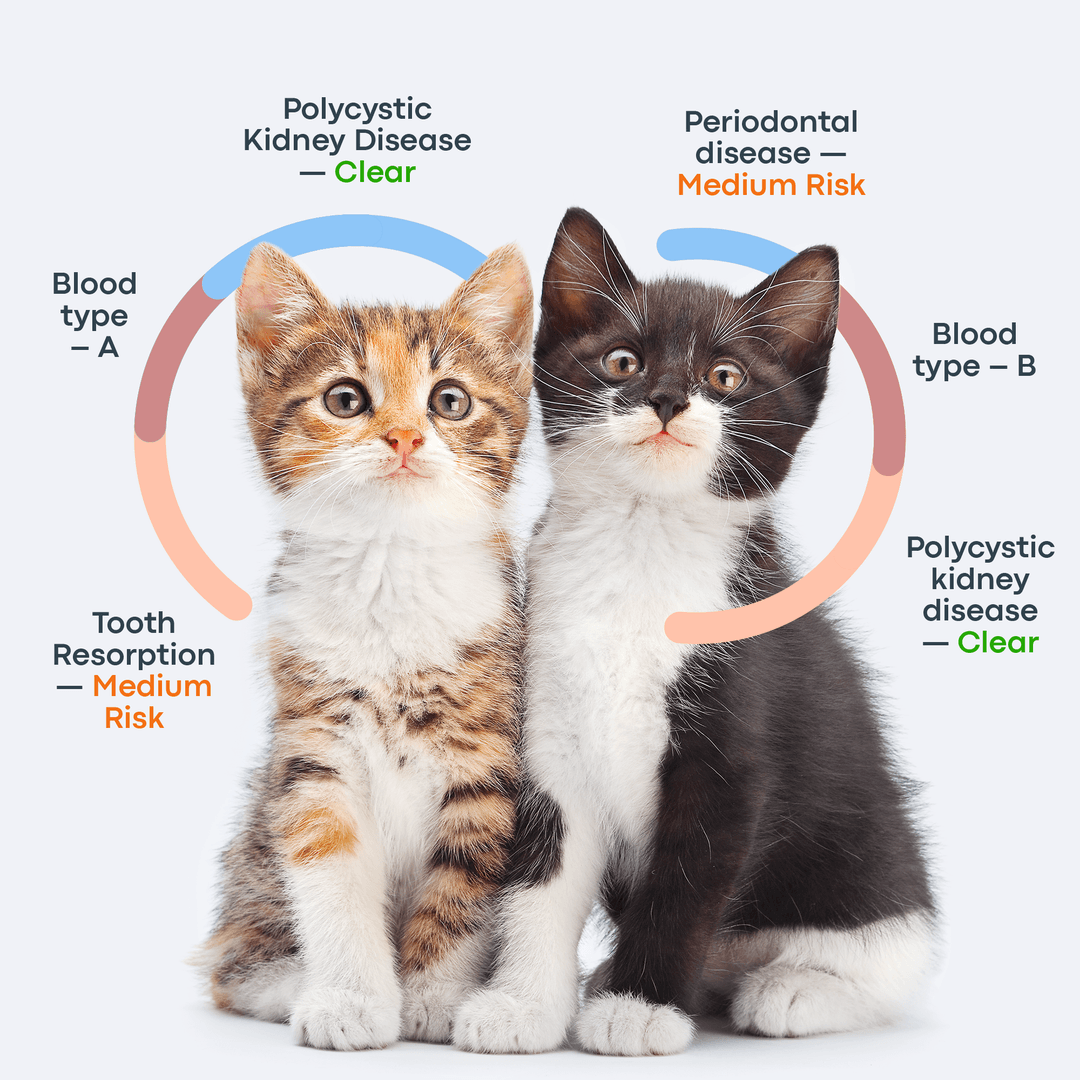Your dog’s nutrition plays a key role in their long-term health and happiness. It's not just about feeding enough—it’s about delivering the right nutrients at the right stages of life. If you're exploring home-cooked meals, starting with homemade dog food recipes, vet-approved, as well, ensures your pup gets the balanced diet they need.
Homemade meals can be more enjoyable for your dog and give you greater control over ingredients, but they also require thoughtful planning, time, and budgeting.
Why Consider Homemade Dog Food?
With the rising cost of living for both humans and dogs, many pet owners are rethinking their approach to feeding. Concerns about commercial dog food ingredients—combined with a growing number of allergies and health issues like diabetes and obesity—leave many feeling uncertain. Preparing your dog’s food at home gives you greater control over what goes into their bowl, helping to avoid problematic ingredients and support better long-term health.
Benefits vs. Risks of Homemade Dog Food
Benefits | Risks |
Full control over ingredients and sourcing (no fillers or artificial additives) | Risks of nutritional imbalance if key nutrients like calcium or zinc are missing |
Can improve digestion and reduce bloating or GI issues | Deficiencies in essential fatty acids like omega-3s can lead to dry skin and poor coat |
Easier to manage food allergies or intolerances | Overuse of certain ingredients (e.g., liver or muscle meat only) can cause vitamin toxicity |
Customizable for chronic conditions (e.g., kidney support, pancreatitis) | Calcium-phosphorus ratio imbalance can lead to bone deformities or weakness |
Strengthens human-dog bond through meal preparation | May be time-consuming and costly to prepare meals consistently |
Avoids preservatives and ultra-processed ingredients | Requires vet input to ensure long-term dietary adequacy |
Essential Nutrients for Balanced Dog Food Recipes
When making your own dog food, it’s crucial to follow nutritionally complete homemade dog food recipes. Just like humans, dogs require a proper balance of macronutrients—protein, fats, and carbohydrates—along with a range of essential micronutrients to stay healthy.
Key nutrients your dog needs include:
Calcium
Phosphorus
Omega-3 fatty acids
Vitamins A, D, E, and B-complex
Essential minerals
Fiber
It's important to remember that dogs have different nutritional needs than humans. For example, vitamin C isn’t on this list—dogs naturally produce it on their own, unlike humans.
However, when it comes to taurine, an amino acid that helps regulate salt, minerals, hydration, and bile acid, dogs may not produce enough—especially certain breeds or older dogs. Fortunately, taurine is naturally present in meat and fish, which are common ingredients in well-balanced dog food.
How to Safely Make and Store DIY Dog Food
Make sure to thoroughly clean your workspace and utensils to avoid cross-contamination—especially with foods that are toxic to dogs, like onion or garlic. It’s also important to know the proper internal temperatures for cooking meat safely. While humans might enjoy a rare steak, dogs are more vulnerable to bacteria that can be present in undercooked meat.
For safety, follow these temperature guidelines:
Ground beef: at least 160°F (71°C)
Steak: minimum 145°F (63°C) (medium-well)
Poultry: at least 165°F (74°C)
When in doubt, use a meat thermometer to ensure you're cooking to the right temperature.
Avoid These Dangerous Ingredients
Some ingredients should never be included in homemade dog food. While they may be tasty for humans, foods like onions, garlic, grapes, and chocolate are toxic to dogs and can cause serious health issues.
Another major danger is xylitol—a common artificial sweetener sometimes labeled as birch sugar—which is extremely toxic to dogs, even in small amounts.
Also, avoid cooked bones, as they can splinter easily and pose choking hazards or cause internal injuries. Always remove bones from meals before serving.
Do Dogs Need Salt in Homemade Food?
Dogs need some salt in their diet, as it plays a vital role in fluid balance, nerve function, and muscle contraction. However, too much salt can be harmful, potentially leading to dehydration, high blood pressure, and heart or kidney disease.
In most cases, the natural sodium found in ingredients like meat and bone broth provides enough salt for your dog’s nutritional needs—so there’s usually no need to add extra.
Storing Homemade Dog Food
When storing homemade dog food, refrigerate it for 3–5 days or freeze it for up to 2 months. Freezing is ideal for batch cooking or preparing meals in advance, especially if you'll be away.
For convenience, store the food in daily or meal-sized portions to make reheating simple. When serving, make sure the food is warmed through but not too hot—test the temperature on your skin first. An easy and gentle reheating method is to add hot water and stir, or use a double boiler.
Use caution with microwaving, as it can lead to uneven heating and nutrient loss. If you choose this method, heat the food briefly and stir thoroughly to distribute the warmth evenly.
How to Introduce Homemade Food Into Your Dog’s Diet
Switching your dog to homemade food should be done gradually to prevent digestive upset. Follow these simple steps to ensure a smooth transition:
Start slowly over 7–10 days, or longer if your dog has a sensitive stomach.
Begin with a mix of 10% homemade food and 90% of their current food.
Gradually increase the homemade portion each day, watching closely for changes in digestion, appetite, or energy levels.
By the end of the transition, aim for 100% homemade food.
If you notice any issues or have concerns, consult your veterinarian for guidance.
Vet-Approved Homemade Dog Food Recipes
Below are vet-approved fresh dog food recipes with different ingredients for your furry friend.
Homemade Chicken Dog Food Recipes (Vet Approved)
This wholesome recipe comes from dog rescuer Rocky Kanaka, who developed it in collaboration with veterinarians to ensure it meets dogs' nutritional needs.
Ingredients:
1 whole chicken
4 cups cooked whole-grain brown rice
Pinch of salt
1 tbsp wheat germ
1 tbsp apple cider vinegar
1 tsp brewer’s yeast
1 tbsp bone meal
1 tbsp shredded, unsweetened coconut
1 cup blueberries
1 cup diced carrots
1 tbsp coconut oil
2 tbsp kefir
1 tsp spirulina
1 tsp powdered ginger
1 tsp turmeric powder
Instructions:
In a large pot, combine the whole chicken, cooked rice, salt, wheat germ, apple cider vinegar, brewer’s yeast, bone meal, and coconut.
Cover with water and bring to a simmer over medium-high heat. Cook for 20–30 minutes, or until the chicken is lightly poached.
Remove the chicken from the pot, and carefully debone, removing skin and excess fat.
Drain excess liquid from the pot, return the deboned chicken, and stir to mix thoroughly.
While still warm, add the blueberries and diced carrots, mixing until the texture thickens.
Once the mixture has cooled, stir in the coconut oil, kefir, spirulina, ginger, and turmeric.
Form the mixture into patties. One patty = one meal.
Serving Tip:
For a 30-pound dog, one cup of this recipe equals one meal. Adjust portion sizes based on your dog’s weight and activity level.
Balanced Dog Food Recipes with Turkey and Vegetables
This recipe, from The Spruce Pets, includes calcium citrate—an easily absorbable form of calcium that supports bone health, nerve conductivity, and regular heartbeats. Maintaining a proper calcium-to-phosphorus ratio (ideally 1:1 or up to 2:1) is essential for dogs to avoid potential health complications.
Ingredients:
8 oz ground organic turkey thigh (boneless)
2 tbsp ground organic turkey organ meat (liver, gizzards, or heart)
¼ cup finely grated organic vegetables
1 tsp ground raw sunflower seeds
½ tsp organic coconut oil
½ tsp salmon oil
500 mg calcium citrate
Instructions:
Blanch the vegetables and set them aside.
In a pot or pan, gently cook the ground turkey thigh and organ meat over medium-low heat until fully cooked.
Grind or finely chop the blanched vegetables using a food processor or clean coffee grinder until they resemble a fine grate.
Combine all ingredients in a bowl and mix thoroughly.
Serve once the mixture has cooled to room temperature.
Nutritional Notes:
This recipe is designed for a 20 lb dog. If your dog has a history of urinary tract infections, struvite, or calcium oxalate stones, consult your veterinarian before feeding this meal.
Grain-Free Fresh Dog Food Recipes for Sensitive Stomachs
This stew is great for dogs with grain allergies or other intolerances. It contains vitamins and dietary fiber, while the flaxseed oil contains omega-3s.
Ingredients:
1 lb ground turkey (lean)
1 cup pumpkin purée (unsweetened)
½ cup peas, cooked and mashed
½ cup sweet potatoes, cooked and mashed
2 tbsp flaxseed oil
Instructions:
In a skillet, cook the ground turkey until browned and thoroughly cooked. Drain excess fat. In another pot, cook peas until tender (you can also add carrots here). In a large saucepan, combine the turkey, peas, pumpkin purée, sweet potato, and flaxseed oil. Let these cook together for 10-15 minutes. Once it’s cooled, serve.
Vet-Approved Homemade Puppy Food Recipes
Puppies need higher levels of calories and protein to help them develop. They also need docosahexaenoic acid (DHA), a form of omega-3 that is required for their development and health.
Ingredients:
2 cans of tuna in water, drained
1 cup cooked quinoa
1/2 cup green beans, steamed and chopped
1/2 cup carrots, cooked and mashed
2 tablespoons coconut oil
Instructions:
Flake the tuna into small pieces before adding the quinoa, vegetables, and coconut oil to the bowl. Mix until combined and serve.
Homemade Dog Food Recipes for Large Dogs
Larger dogs often need more joint support from glucosamine-rich foods like bone broth. With larger breeds, it could be helpful to batch cook so you have everything you need ready to go.
Ingredients:
2 cups of cooked chicken, shredded (skinless and boneless)
2 cups of low-sodium bone broth (chicken or beef)
1 cup of broccoli florets, steamed
1/2 cup of brown rice, cooked
1/4 cup of blueberries
Instructions:
Combine the chicken, bone broth, broccoli, and brown rice in a large saucepan. Simmer until the mixture is heated through. Add the blueberries as you serve.
Vet-Safe Additions: Fish Oil, Calcium, and More
When enhancing a homemade dog meal, certain add-ins can significantly boost its nutritional value. However, it's important to avoid using human supplements, as they may contain harmful ingredients like xylitol, which is toxic to dogs. Additionally, never guess dosages—incorrect amounts can lead to imbalances or health risks.
For safe supplementation, always calculate amounts based on your complete recipe, or better yet, consult a veterinary nutritionist to ensure your dog’s diet is balanced and appropriate for their needs.
Addition | Why it’s safe and beneficial | Common dosage/use |
Fish oil (omega-3s) | Supports brain, skin, coat, joints, and heart health. Use a pet-specific product without added flavors. | ~1000 mg per 30 lbs of body weight daily. |
Calcium Carbonate/Ground Eggshell | Balances the calcium-phosphorus ratio - especially important if feeding boneless meat. | 800-1000 mg calcium per 1 lb of food. |
Kelp Powder | Natural iodine source that supports thyroid function. | ¼ tsp per 25-30 lbs of weight, 2-3x a week. |
Zinc (Chelated) | Helps with skin, coat, and the immune system. Often low in home-cooked diets. | 15-25mg per 50 lbs body weight daily. |
Vitamin E | Antioxidant support. Offsets the oxidative effects of fish oil. | 1-2 IU per lb of body weight. |
Pumpkin (Plain, Cooked, or Canned) | Adds fiber for digestive health and natural moisture. | 1-2 tbs per meal (for medium-sized dogs) |
Blueberries/Carrots (Steamed or Puréed) | Natural antioxidants, safe in moderation, adds variety. | A few pieces per meal. |
Bone Broth (No onion/garlic) | Great for hydration, collagen, and flavor. Ensure no toxic ingredients are used. | 1-2 tbsp per meal as a topper. |
How Much to Feed Based on Dog Size and Age
Below are general guidelines for how much a dog should be eating daily. Keep in mind that highly active dogs—such as working or sporting breeds—may require more food to meet their energy needs. The same goes for pregnant or nursing dogs, who need additional calories to support themselves and their puppies.
Dog Weight | Puppy (2-12 months) (3-4 meals/day) | Adult Dog (1-7 years) (2 meals/day) | Senior Dogs (7+ years) (1-2 meals/day) |
Under 10 lbs | ¾-1 cup per day | ½-¾ cup per day | ½-⅔ cup per day |
10-25 lbs | 1-2 cups per day | ¾-1½ cups per day | ¾-1¼ cups per day |
25-50 lbs | 2-3½ cups per day | 1½-2½ cups per day | 1½-2¼ cups per day |
50-75 lbs | 3½-5 cups per day | 2½-3½ cups per day | 2¼-3 cups per day |
Over 75 lbs | 5-6½ cups per day | 3½-4½ cups per day | 3-4 cups per day |
Signs of Nutritional Deficiency to Watch For
While feeding your dog homemade dog food, it’s important to watch for signs that may indicate a nutritional imbalance or deficiency. Common symptoms include:
Dry or dull coat
Unexplained weight loss
Lethargy or low energy
Poor stool quality (loose, inconsistent, or unusually hard)
If you notice any of these signs, monitor your dog closely and consult your veterinarian. Bringing a food diary or the recipes you've been using can be especially helpful, as it allows your vet to assess the diet and recommend any necessary adjustments.
Conclusion
Making dog food recipes vet-approved may just take a couple of tweaks to keep the nutritional content balanced for your dog's needs. Vet-approved homemade dog food recipes don’t have to be difficult or expensive if you’re willing to put in the planning needed.
Reference List
https://www.petmd.com/dog/conditions/cardiovascular/c_dg_taurine_deficiency
https://rockykanaka.com/vet-approved-homemade-chicken-dog-food-recipes/
https://www.thesprucepets.com/homemade-dog-food-recipes-5200240

